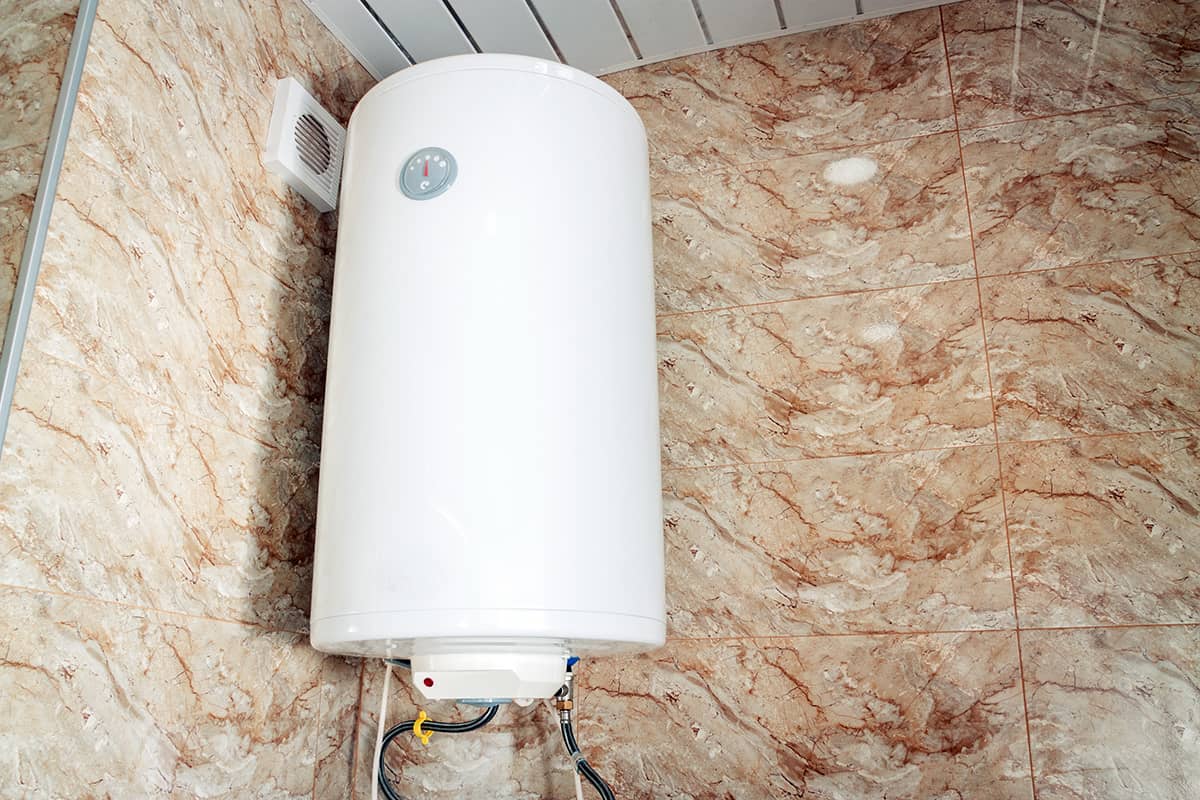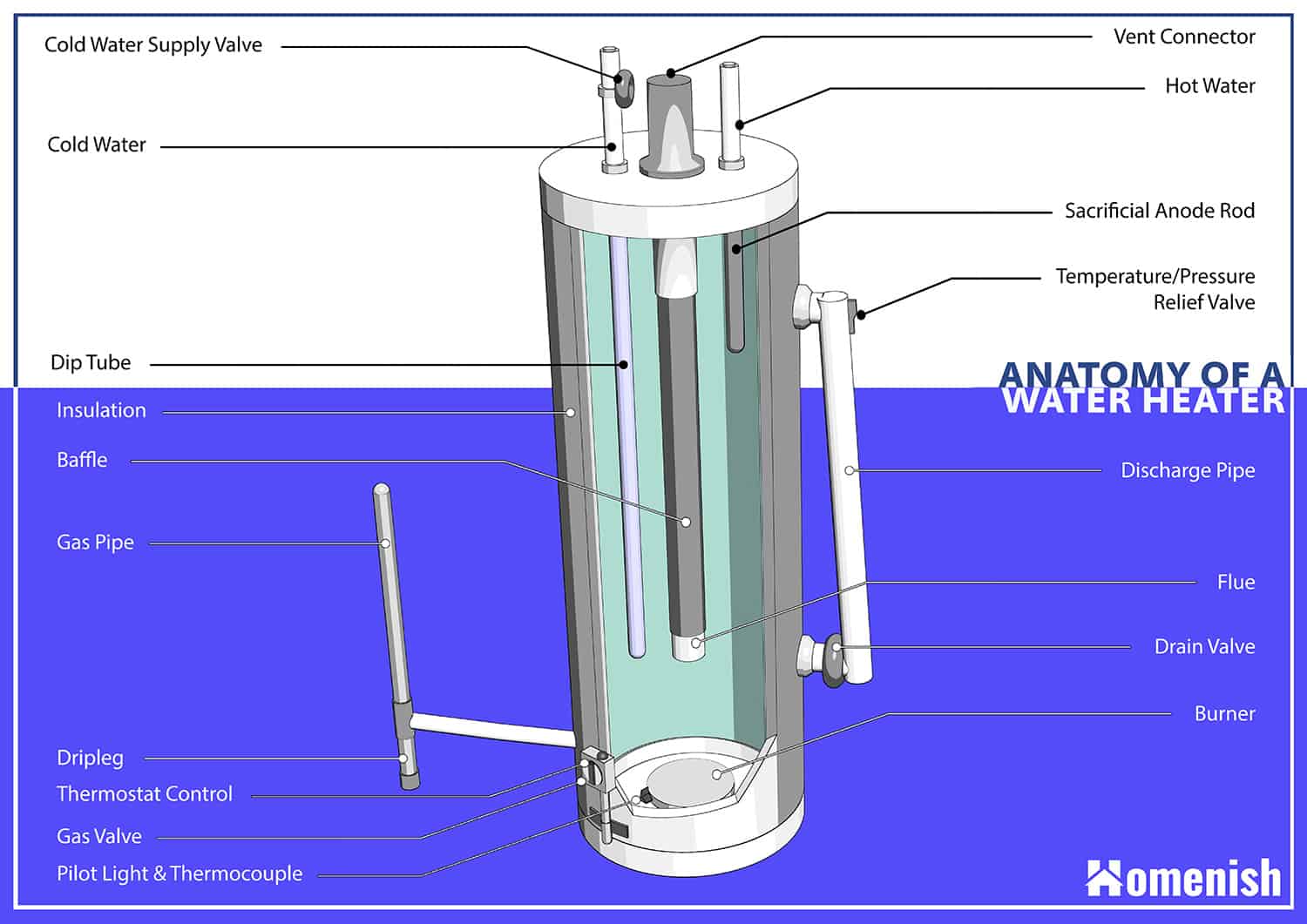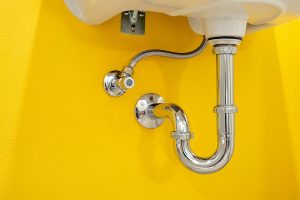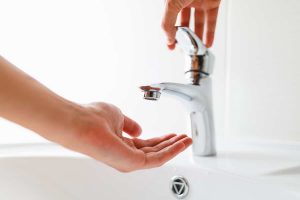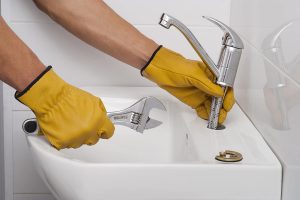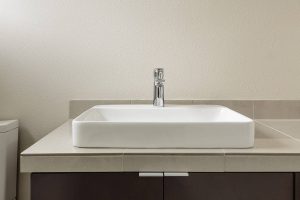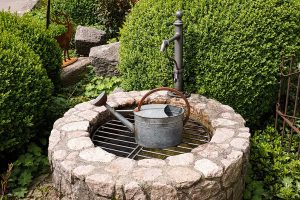A water heater is a heavily used but often overlooked appliance in the home that many of us never think about but could simply not comprehend living without.
The water heater is responsible for heating, storing, and supplying hot water to different parts of the home on demand, such as a showerhead, a kitchen faucet, or a bathtub. Here we look into the various parts of a water heater in more detail and how they work. You can also find this 3D diagram handy when referring to the descriptions of each water heater part.
Tank
The tank of a water heater is the main, large, usually cylindrical object that holds the water you need to heat. Tanks on water heaters come in various sizes, which usually correspond to the size of the home or the number of bathrooms it has.
Tanks typically range from a capacity of 40 gallons up to 120 gallons, and the more people you have living in your home, the greater capacity of water heater you should have.
Anti-Corrosion Anode Rods
These rods are installed inside the water heater tank, and it is their job to protect any exposed steel parts from corroding. Typically, a heater will have one anti-corrosion rod, but in high-quality water heaters, or those with extended warranties, you may have two of these rods.
The type of anode you need can be affected by the type of water in your area, so check this first before purchasing a new water heater. In soft water areas, a magnesium anode rod will be best, while in hard water areas, you should have an aluminum anode rod.
Cold Water Shut Off Valve
This is usually located close to the water supply on the water heater, and it is there so that you can easily turn off the water in the event that the heater needs to be serviced or repaired. You will also need to turn the shut-off valve if your water heater is being replaced.
Inlet Pipe, Dip Tube, and Outlet Pipe
The configuration of these pipes is what ensures that you don’t get a cold blast of water when you first turn on the shower. The inflow of cold water into the tank comes via the inlet pipe, but rather than sitting on top of the heated water where it could get taken via the outlet pipe and delivered to the showerhead, the dip tube carries the cold water right to the bottom of the tank.
This ensures that the new cold water added to the tank has an opportunity to heat up before it leaves the tank via the outlet pipe and shocks an unfortunate person who was expecting hot water.
Annoyingly, some plumbers will reverse these pipes for the sake of convenience, which will lead to cold water coming out of your faucets before it has heated up, but this can be easily remedied.
Temperature Pressure Relief Valve
This is a safety feature that all water heaters must have, and it is usually positioned on the top of the tank, or it may be on the side of the tank, providing that it is within six inches of the top of the tank.
In older homes, you may notice that your temperature-pressure relief valve is not on the tank itself and is instead on the hot water pipe above. This was standard practice many years ago, but it is no longer considered to be safe, and if your water heater is set up like this, then you may want to consider replacing it with a modern, safer model.
The relief valve on a water heater works by allowing water to escape from the tank in the event that the pressure or temperature becomes too high. This is vital because, without the relief valve, the tank could explode in such circumstances.
Another safety feature of the temperature-pressure relief valve is that it will have an extension tube that reaches all the way down the side of the tank, almost to floor level. This is so that if anybody happens to be near the water heater when water is released via the relief valve, they won’t get sprayed and potentially burnt by hot water or steam.
If you notice that the relief valve is continually leaking, then it is very important that you replace it rather than attempt to repair it. As a safety feature of the water heater, it is essential that it is in good working order.
Thermostat and Controls
The thermostat and controls on a water heater maintain the temperature of the water inside. Most water heaters have a preset thermostat that heats water up to 140 degrees and keeps it there, but you can set the thermostat to suit your own preferences at a different temperature.
A temperature around 120 degrees will be more energy-efficient and help to keep heating bills down, and many people also find that this is a safer temperature.
Drain Valve
The drain valve on a water heater is located at the bottom of the tank. It is not a routinely used part of the water heater, but you should set a reminder in your calendar to drain the water out of the heater via the drain valve at least once a year. Many plumbing professionals recommend that this is done several times each year.
When using the drain valve, the aim is to release a few gallons of water from the bottom of the tank. Set a bucket or an old watertight container beneath the drain valve to catch the draining water and dispose of it afterward.
Sediment and sludge can build up in the water tank over time, and by draining a few gallons of water out of the bottom of the water heater, you will be removing any build-up, ensuring only clean water is delivered to your faucets around the house.
This also helps to maintain the tank and extend its lifespan, preventing any blockages or other potential issues caused by sludge and sediment.
